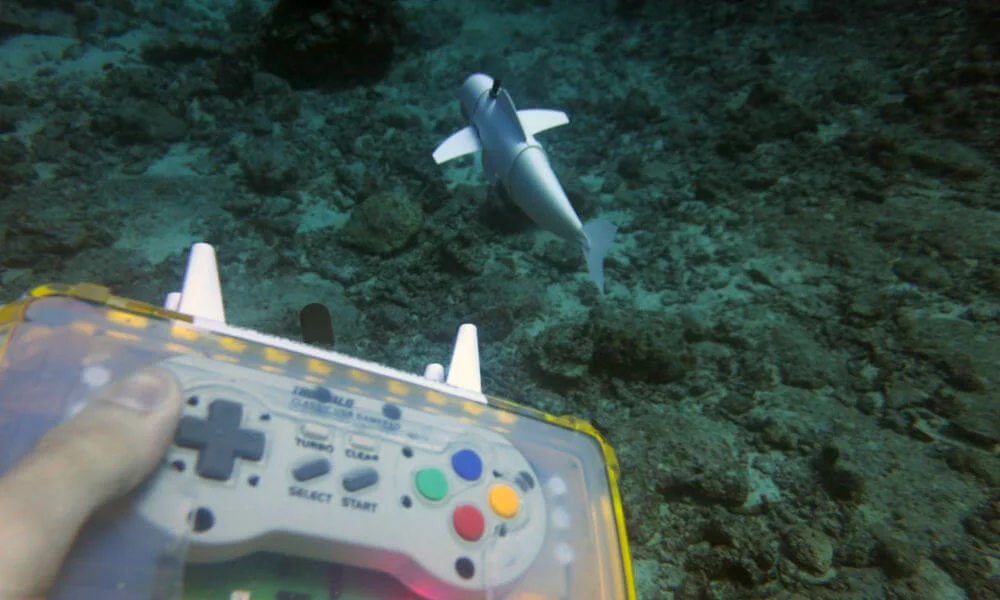Earth’s oceans are having a rough go of it these days. On top of being the repository for millions of tons of plastic waste, global warming is affecting the oceans and upsetting marine ecosystems in potentially irreversible ways.
Hothouse Earth: our planet has been here before – here’s what it looked like
Even if carbon emissions are reduced to hold temperature rises at the 2°C guardrail of the Paris Agreement, changes already afoot in the environment such as melting permafrost and forest die-back could accelerate warming well into the future, potentially pushing our planet into what is being called a “Hothouse Earth” state.
Frontal lobe paradox: where people have brain damage but don’t know it
Ageing in human cells successfully reversed in the lab
As the Martian dust storm subsides, there’s still no word from opportunity
Martian dust storms are a pretty common occurrence, and generally happen whenever the southern hemisphere is experiencing summer. Though they can begin quite suddenly, these storms typically stay contained to a local area and last only about a few weeks. However, on occasion, Martian dust storms can grow to become global phenomena, covering the entire planet.
Trees are made of human breath
Outside my office window, two skilled workers complete a hard and dirty job. They’re cutting the felled trunk of a tree into small enough pieces to be thrown into the back of a truck with the rest of the chipped remains. I know that this act was ultimately for my own safety. I, like tens of thousands of others over the past 50 years, regularly walked beneath the canopy of that tree.
Jupiter’s magnetic fields may stop its wind bands from going deep into the gas giant
Finding the Happy Medium of Black Holes
Fastest rotor ever made may shed light on quantum physics
Brains keep temporary molecular records before making a lasting memory
To uncover how the brain keeps track of an animal’s experience, we started by asking how the brain records its electrical activity. Every experience you have, from chatting with a friend to smelling french fries, corresponds to its own unique pattern of electrical activity in the nervous system and brain. These activity patterns are defined by which neurons are active and in what way they’re active.
Tess practices on a comet before starting on its science operations
On April 18th, 2018, NASA deployed the Transiting Exoplanet Survey Satellite (TESS), a next-generation exoplanet hunting telescope that is expected to find thousands of planets in the coming years. Alongside other next-generation telescopes like the James Webb Space Telescope (JWST), TESS will effectively pick up where space telescopes like Hubbleand Kepler left off.
Water Is Destroyed, Then Reborn in Ultrahot Jupiters
Imagine a place where the weather forecast is always the same: scorching temperatures, relentlessly sunny, and with absolutely zero chance of rain. This hellish scenario exists on the permanent daysides of a type of planet found outside our solar system dubbed an "ultrahot Jupiter." These worlds orbit extremely close to their stars, with one side of the planet permanently facing the star.
How clean is your desk? The unwelcome reality of office hygiene
The universe’s rate of expansion is in dispute – and we may need new physics to solve it
Next time you eat a blueberry (or chocolate chip) muffin consider what happened to the blueberries in the batter as it was baked. The blueberries started off all squished together, but as the muffin expanded they started to move away from each other. If you could sit on one blueberry you would see all the others moving away from you, but the same would be true for any blueberry you chose. In this sense galaxies are a lot like blueberries.
Hospital bacteria are starting to tolerate hand sanitizer
Exoplanets: how we used chemistry to identify the worlds most likely to host life
Are we alone in the universe? This question has been with us for thousands of years, but it is only now that science is on the cusp of providing a real answer. We now know of dozens of rocky planets orbiting stars other than our sun where, for all we know, life might exist. And soon, with the launch of the James Webb Space Telescope, we will have the first chance to peer into the atmospheres of some of these worlds.
Why computers are so bad at comparing objects
Space Station Experiment Reaches Ultracold Milestone
The International Space Station is officially home to the coolest experiment in space.
NASA's Cold Atom Laboratory (CAL) was installed in the station's U.S. science lab in late May and is now producing clouds of ultracold atoms known as Bose-Einstein condensates. These "BECs" reach temperatures just above absolute zero, the point at which atoms should theoretically stop moving entirely. This is the first time BECs have ever been produced in orbit.
How to grow crops on Mars if we are to live on the red planet
First Successful Test of Einstein’s General Relativity Near Supermassive Black Hole
Observations made with ESO’s Very Large Telescope have for the first time revealed the effects predicted by Einstein’s general relativity on the motion of a star passing through the extreme gravitational field near the supermassive black hole in the centre of the Milky Way. This long-sought result represents the climax of a 26-year-long observation campaign using ESO’s telescopes in Chile.


















